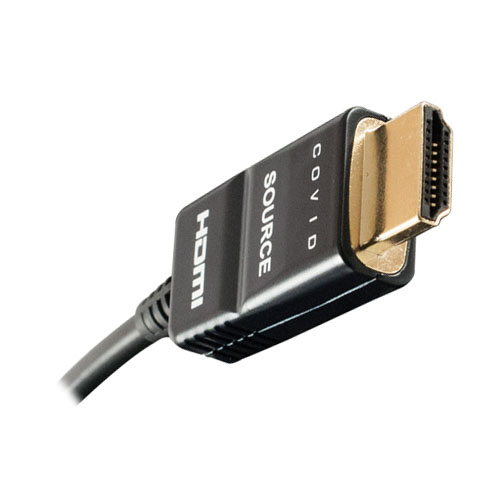4K Demystified – 4K UHD Field Testing Headaches (Part 2)
By Matt Murray
AVPro Store
In HDMI 2.0 installations we expected that everything would work as described in manuals. Many of us have done that and got terribly frustrated – it’s like troubleshooting in the dark — divide and conquer — replace potential defective components with known good components… unfortunately at this point in time the cards are stacked against you as an integrator.
We feel we need to share our findings on the state of UHD/4K today from a practical — “what do we do in the field standpoint” — to the technical — what is it, what are the numbers and what do they mean?
Finally, we will discuss how to not make the mistakes that we did that ultimately drove us to write this series of articles. Enjoy!
4K UHD Field Testing Headaches Series:
- Part 1 – Setup & Displays
- Part 2 – Cables & Extenders
- Part 3 – Sources & Video Resolution (Coming Soon)
- Part 4 – Conclusions & Challenges (Coming Soon)
 4K UHD Field Testing Headaches: Part 2 of 4
4K UHD Field Testing Headaches: Part 2 of 4
Part 2 will briefly discuss the impact of cables and extenders… Stuff we use EVERY DAY that just doesn’t quite act the same.
Cables and Extenders:
Cable length matters and it doesn’t matter…at first we really were not paying much attention to cables and cable length — most likely because at first they all worked out to the 5 meters we were using. Thing of it is, at first we were only testing to the limits of our sources, which meant 2160P60 4:2:0 and 2160P30/24 4:4:4 and everything worked great.
The Nvidia Shield that we picked up only a few weeks ago does do 2160P60 @ 4:4:4, but it is not a setting you can force — it reads the EDID and sends a 4K signal that will lock on — meaning we got tricked into thinking everything was all warm and fuzzy and working great. When we actually got to the point where we were able to actually force a 2160P60 4:4:4 signal (>17 GBP/sec TMDS throughput) cable length began to matter
In our testing last weekend we could not pass 2160P60 4:4:4 signal more than 6 feet (around 2 meters) – admittedly, we didn’t test a thousand different cables, but the results were consistent across 5 major brands. We also did not test powered cables or cable booster boxes. When the cables got longer than 6 feet the picture started to blink – sometimes every five seconds and sometimes every 60 seconds. Cable length appears to matter a lot at high bandwidth.
Extenders work and don’t work… this is already well documented so no suprizes here 2160P60 4:4:4 8-bit NOGO, 2160P60 4:2:0 8-bit GO HDBaseT is limited by bandwidth to 10.2 GBP/sec and it works perfectly well up to that point and handles HDCP 2.2 fine also. I’m not spending a lot of time on extenders in this article as we were really focusing more on the displays. HDIP is also limited to 4:2:0 8-bit, but HDCP 2.2 works well there also.
Enough headaches for today…
Look for part 3 of 4 The Nightmare of 4K UHD – Real World Challenges Today in a few days.
If you have your own UHD stories or experiences, please share!
This column was reprinted with permission from the author and originally appeared here.





